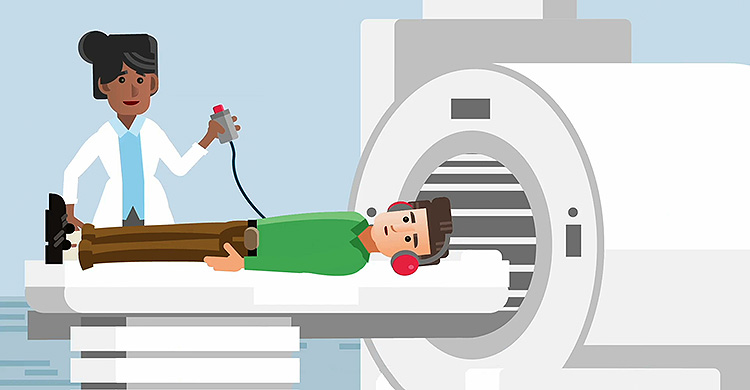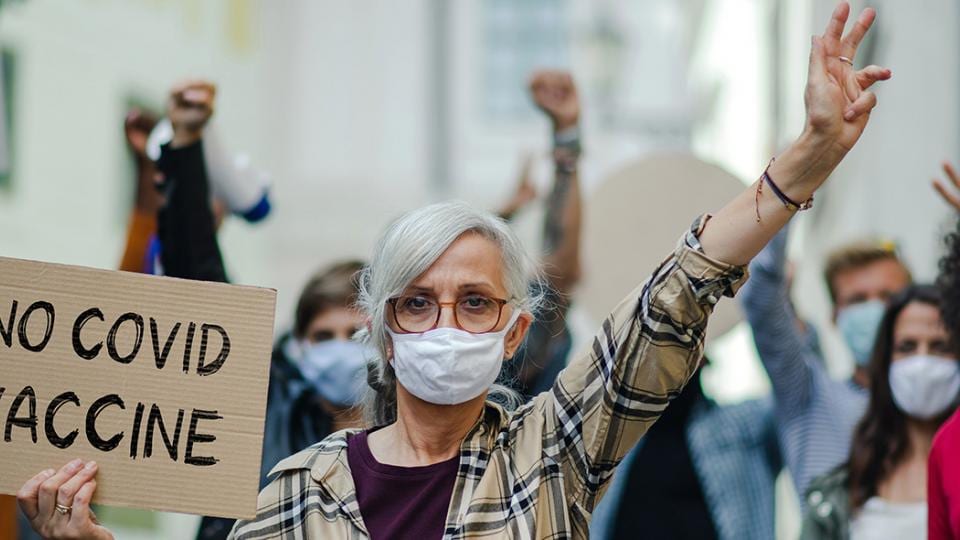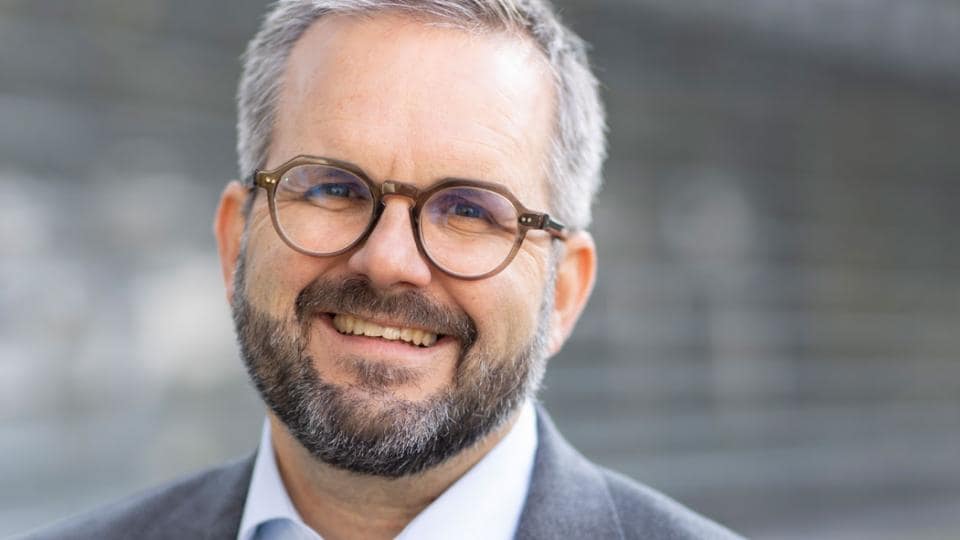How Digitalization Supports Science For A Better, Longer Life

Digitization can help improve the treatment of patients. Artificial intelligence also plays a role here, writes Dr. Michael Devoy in his blog entry.
I recently read that the percentage of the world’s population over age 60 is predicted to reach almost 22 percent by the year 2050 – almost double the percentage reported in 2015 . The impact of the demographic shift to an aging and growing population is being felt across society and industries. In my own work in the healthcare sector, it has become clear that we need to act now in order to provide opportunities to live healthier for longer.
Our contribution to society in the form of innovative medicines has already yielded substantial longevity gains, however, we now require adjustments. We need to rethink how we develop and deliver new innovative treatments, as well as make sure that our treatments meet the evolving needs of an aging population. As we think of new approaches that we can integrate into our value chain, digitalization stands out as one of the catalysts for innovation.
Personally, I see digitalization as a means to enhancing how we bring healthcare innovations to patients. It encompasses an improvement in our processes, rendering them faster and more efficient than before, as well as facilitating a deeper understanding of our patients and delivering better outcomes for them. I am proud of how we already make use of digitalization at Bayer, as we continuously strive to provide new treatment options for patients across generations.
Ensuring patient safety is a number one priority for us and we have found a way to use artificial intelligence (AI) to improve and accelerate adverse event processing. We are cooperating with our partner Genpact in applying its AI-based solution to our pharmacovigilance database and IT systems. The idea is that, in time, we will be able to detect trends within large data volumes so we can identify and analyze patient safety data faster than we do today. This allows us to identify adverse events related to age-related diseases, such as cardiovascular disease, which helps us to keep patients safe.
Most heart attack victims are middle-aged or older, with the risk of a heart attack increasing for men after the age 45 and for woman after the age of 55. This kind of information is vital for a deeper understanding of diseases so that we can provide treatments that are even more targeted towards the patients that use them. Together with our partner, the Broad Institute of MIT and Harvard, we are using of a combination of data and AI-driven solutions to better characterize and stratify age-related diseases and appropriate patient populations. In this specific partnership, we are pursuing novel scientific insights to enable development of new therapies for patients with cardiovascular diseases, such as heart failure.

These two examples show how data science solutions can help us play our part in reducing the burden of the pressing megatrends of our times. On this journey, collaboration is of equal importance to ultimately make a difference to patients’ lives around the world. We have just scratched the surface of what is possible and I am determined to leverage the full potential of digital technologies to support us in delivering science for a better, longer life.





















